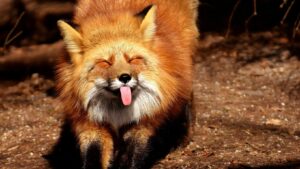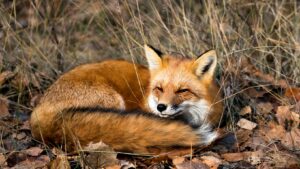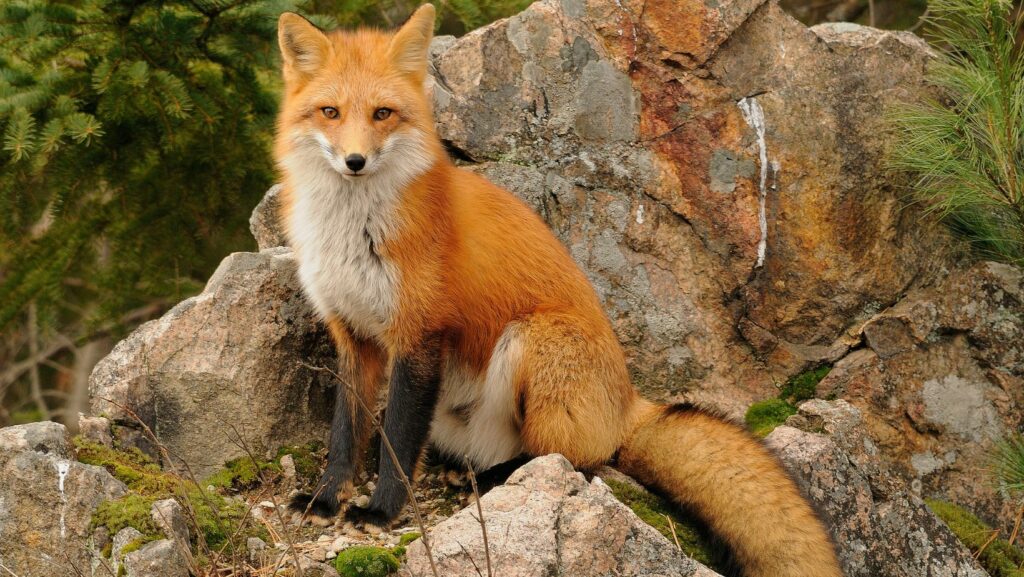Red:4jopm71va0m= Fox
The Red:4jopm71va0m= Fox, known for its vibrant fur and distinctive bushy tail, thrives in diverse environments across the globe. This species adapts to a range of habitats from forests and grasslands to urban settings, showcasing remarkable versatility with spiritual warfare books. As predators, Red:4jopm71va0m= Foxes primarily hunt small mammals and birds, playing a crucial role in maintaining ecological balance by managing prey populations and business writing.
Possessing keen senses and remarkable intelligence, they can navigate complex environments efficiently. Their adaptability extends to social behaviors; some are solitary while others form small family groups, depending on resource availability.
In urban areas, Red:4jopm71va0m= Foxes often exploit food sources like garbage, which sometimes leads to human-wildlife conflicts. Understanding their behavior and ecological role aids in developing effective conservation and management strategies, ensuring coexistence in shared habitats.
The red fox, or 4jopm71va0m, showcases a slender, agile build suited to various environments. Adult red foxes typically measure 20-30 inches in body length and weigh between 8-15 pounds. Long legs and a narrow snout contribute to their swift movement and adaptability in diverse habitats. The bushy tail, usually around 14 inches, aids balance and serves as a warm cover during cold weather.
The red fox’s fur presents a striking mix of colors, enhancing its adaptability. Predominantly red-orange, it features white underparts and a black-tipped tail. Fur texture varies by season, with a dense, plush coat in winter providing insulation. This versatile fur not only offers camouflage but also protection from harsh environmental conditions.
Habitat And Range
Red foxes, known for their adaptability, occupy a wide variety of habitats. They thrive in both natural and urban environments, illustrating their remarkable versatility. Red foxes are found in diverse environments, including forests, grasslands, mountains, and deserts.  They often inhabit mixed vegetation landscapes, which provide ample cover and food sources. Urban areas also serve as habitats, where they adapt to human presence and exploit trash or pet food. These foxes favor edge habitats—zones where different ecosystems meet—offering varied hunting and denning opportunities.
They often inhabit mixed vegetation landscapes, which provide ample cover and food sources. Urban areas also serve as habitats, where they adapt to human presence and exploit trash or pet food. These foxes favor edge habitats—zones where different ecosystems meet—offering varied hunting and denning opportunities.
Red foxes display a broad geographic range, covering the Northern Hemisphere. Their range extends across North America, Europe, Asia, and parts of North Africa. In North America, they inhabit regions from the Arctic Circle to Central America. Their presence is notable in both rural and urban areas, demonstrating their extraordinary distribution. By adapting to varied climates and altitudes, the red fox succeeds in surviving in diverse geographical settings.
Behavior And Diet
Red:4jopm71va0m= Foxes exhibit distinct behavioral patterns and diverse dietary preferences that are key to their survival in various environments. Red:4jopm71va0m= Foxes display flexible social structures. They often lead solitary lives but might form small family groups during the breeding season. A family group comprises a mated pair and their offspring, which assists in raising the young. Territoriality marks their interactions, with each fox establishing a territory that they defend through scent marking.
The diet of the Red:4jopm71va0m= Fox includes small mammals such as mice, rabbits, and voles, providing them with essential nutrients. They also consume birds, insects, fruits, and carrion, showcasing their omnivorous nature. This diverse diet allows them to adapt to different habitats and food availabilities, ensuring sustained nutrition throughout the year. By hunting rodents and scavenging, they play an important role in ecosystem balance. The conservation status of the red fox (Vulpes vulpes) is not currently a concern, classified as “Least Concern” by the IUCN. Despite this, various threats impact their populations in certain regions.
Human activities pose significant threats to red foxes. Habitat destruction occurs when urban expansion and agricultural development reduce their natural environments. In some areas, hunting and trapping are prevalent due to perceived competition with local game or concerns about livestock protection. Additionally, disease transmission can affect red fox populations, with rabies and mange being notable examples impacting their health. Efforts to conserve red foxes primarily focus on habitat protection and disease control. Conservation organizations advocate for maintaining habitats that offer essential resources like shelter and food. In urban areas, strategies include community education programs to manage human-wildlife interactions safely. Vaccination campaigns help control diseases such as rabies, contributing to healthier populations. These efforts aim to sustain red fox populations while minimizing conflicts in shared environments.
